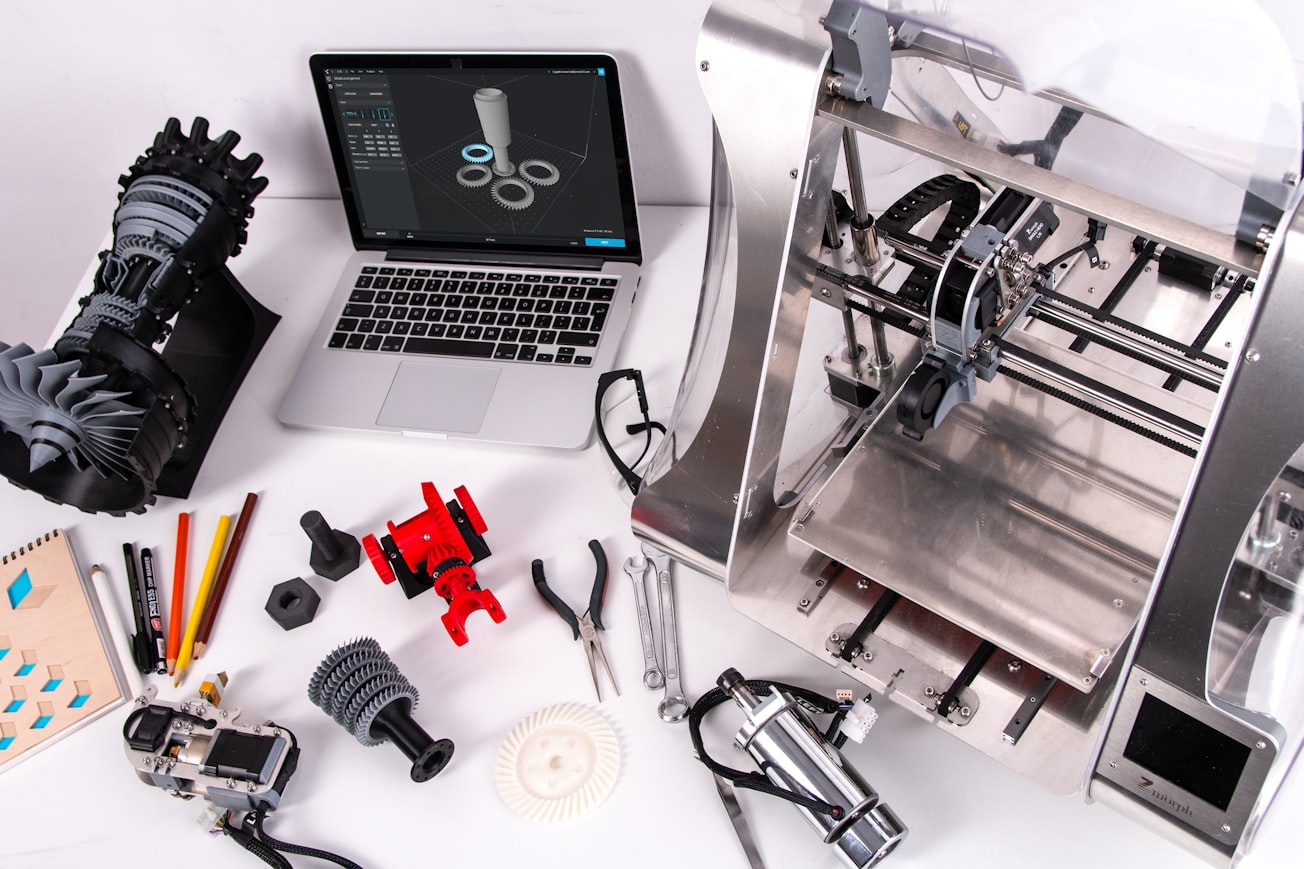What is it about?
In the present manufacturing scenario, quality and quantity are two challenging aspects to be looked upon. Quality is important according to customer point of view, whereas quantity is required for the industry to maximise profit earnings. For the sustainability of machining industry, there should be an optimised path which should be followed to satisfy not only the aspect of higher material removal rate (MRR) but also to achieve lower surface roughness (Ra) simultaneously. MRR and Ra are inversely related machining characteristics and in case of non-ferrous materials these mainly depends upon input variables like: cutting speed, feed and depth of cut.
Featured Image

Photo by ZMorph Multitool 3D Printer on Unsplash
Why is it important?
The paper discusses an experimental study on Al-7020 alloy turned with un-coated carbide tip tool with a ‘CNC TL-250 turner’ that has a wide application in aerospace, machine tools and automobiles sector. It focuses more on software-based approach for implementing RSM on machining parameters, in contrast of conventional methods.
Perspectives
Therefore in this study, optimisation of multi-response CNC turning parameters has been done by using central composite design technique of ‘response surface methodology’ (RSM) through Minitab 16 Software. Further statistical testing of results is verified through ANOVA.
Dr Bikram Jit Singh
MMDU Mullana
Read the Original
This page is a summary of: Parametric optimisation of CNC turning for Al-7020 with RSM, International Journal of Operational Research, January 2014, Inderscience Publishers,
DOI: 10.1504/ijor.2014.061769.
You can read the full text:
Resources
Contributors
The following have contributed to this page







